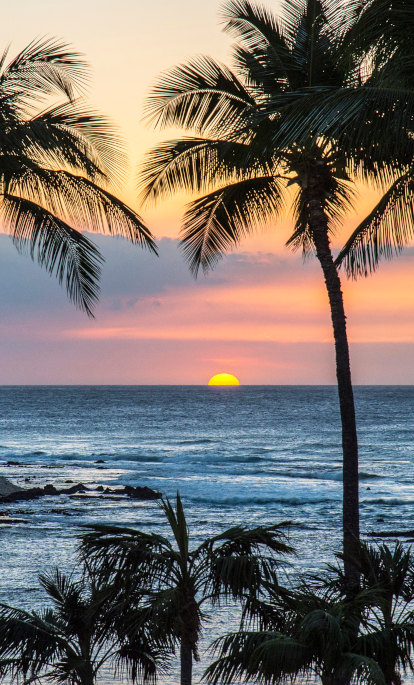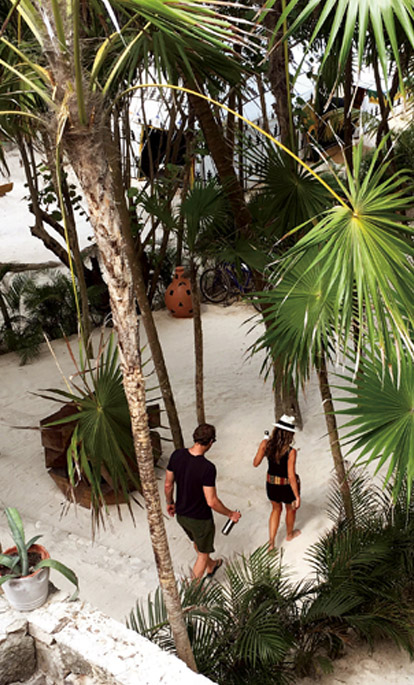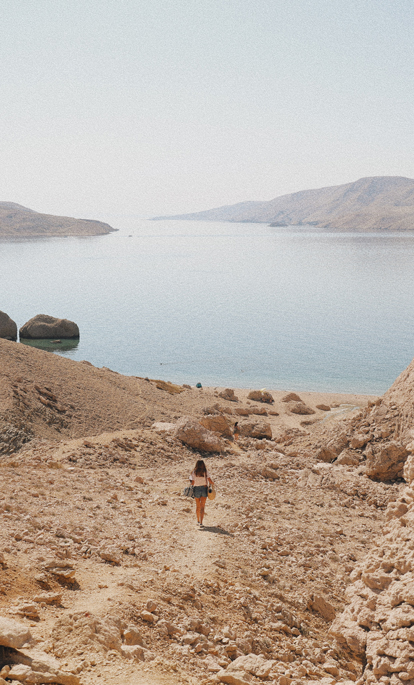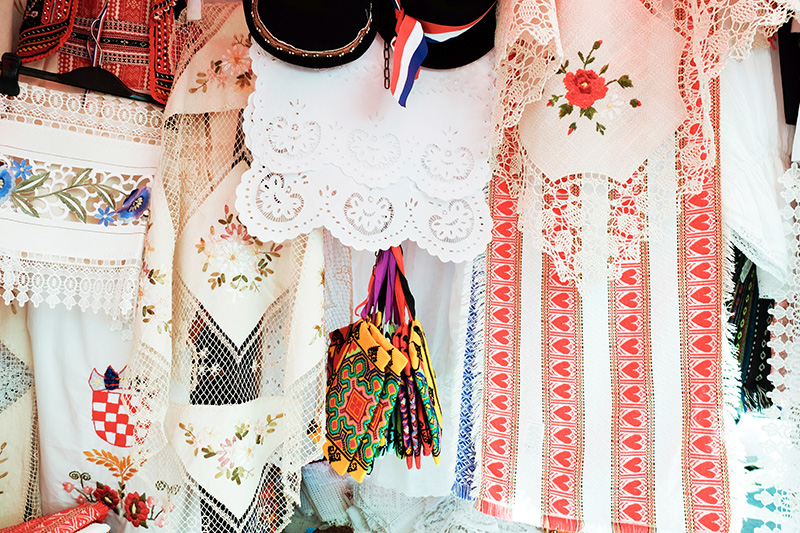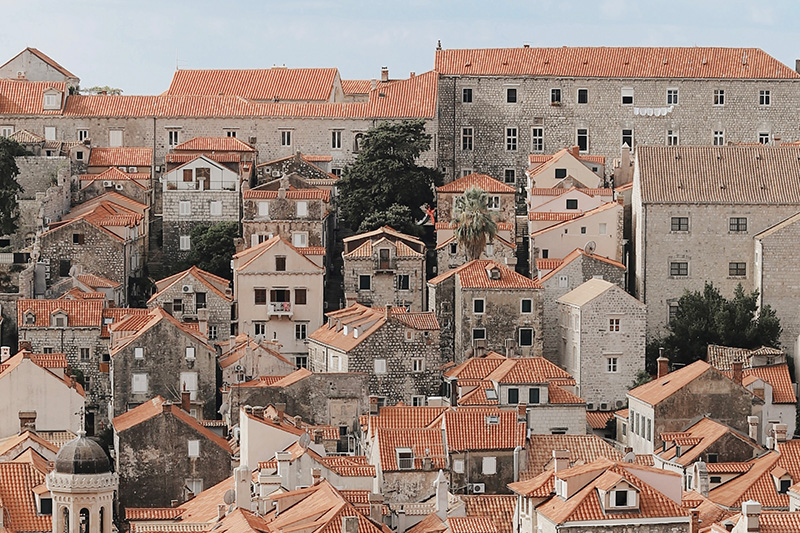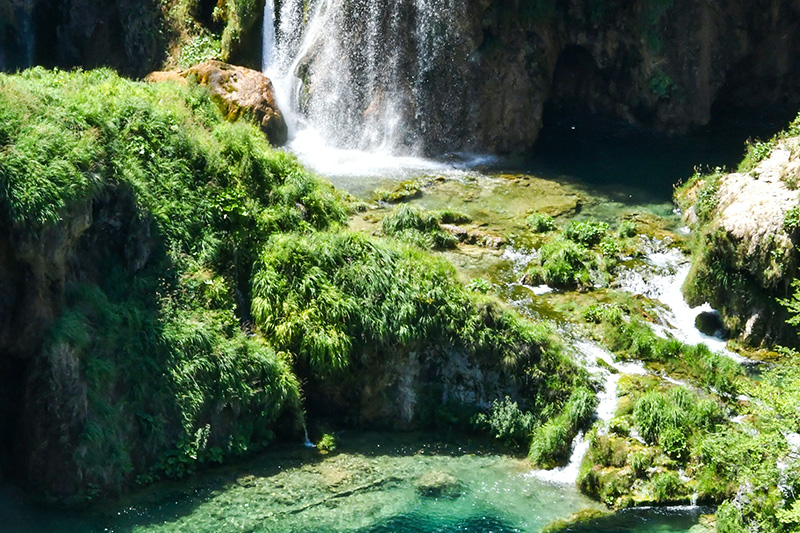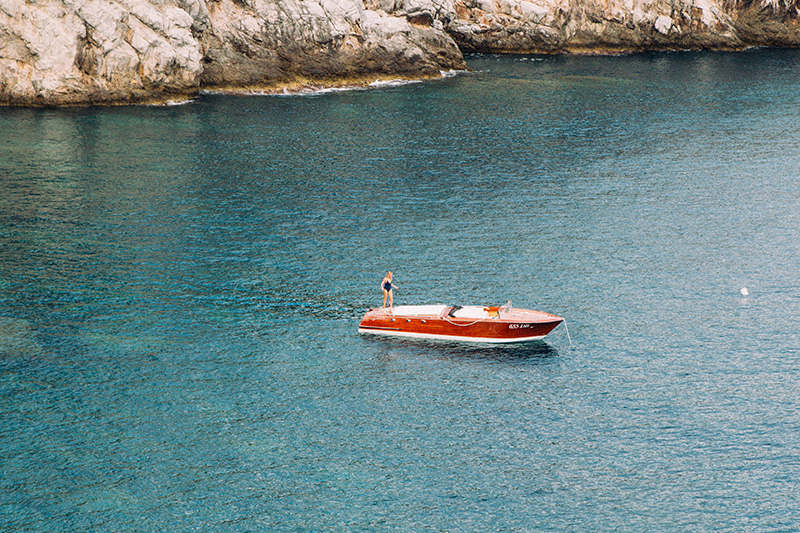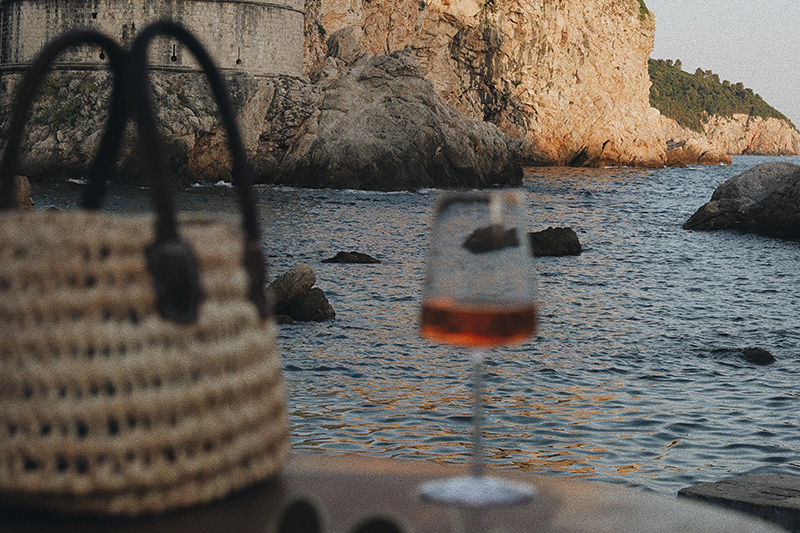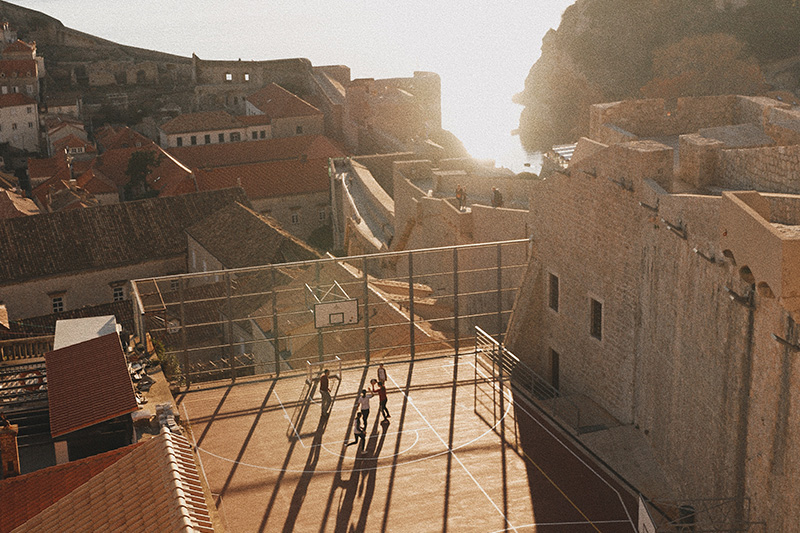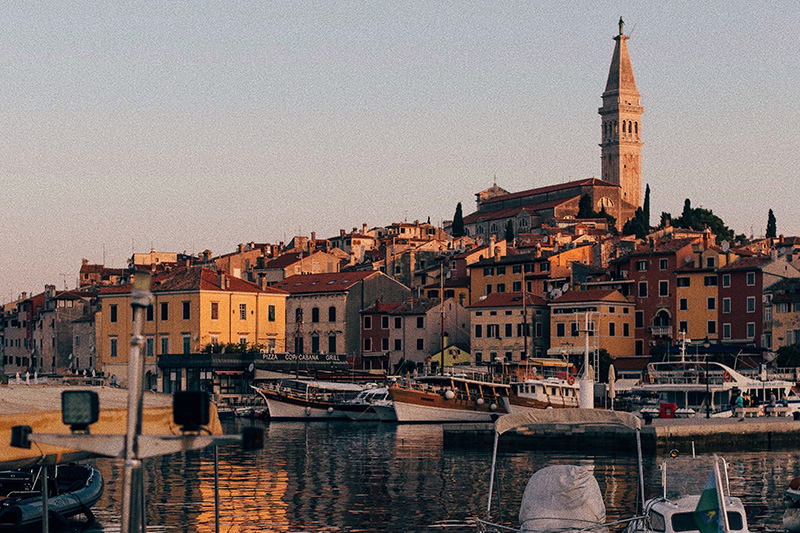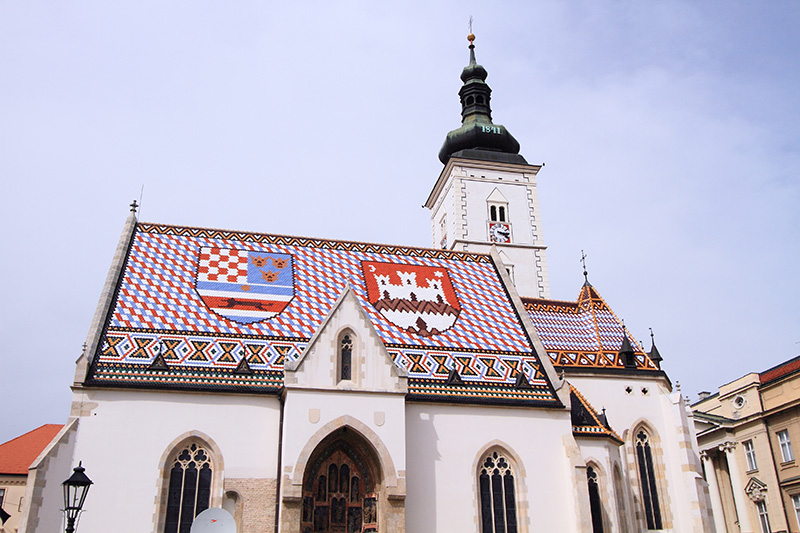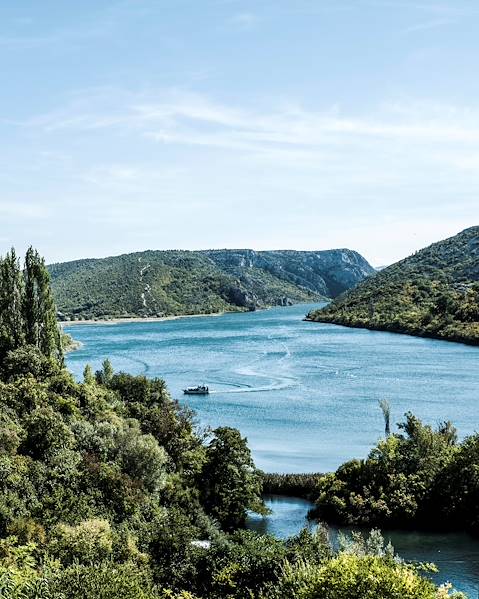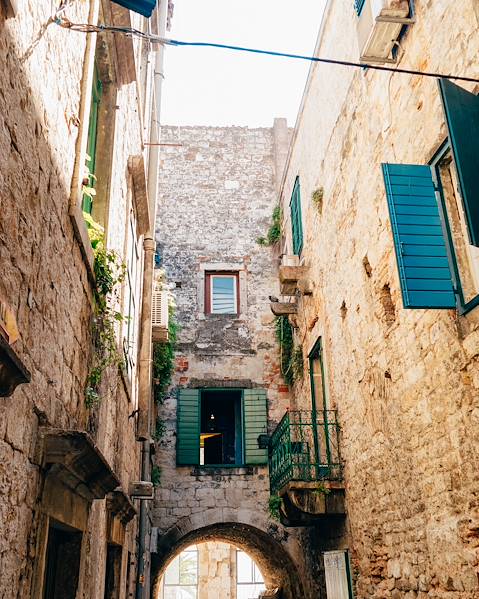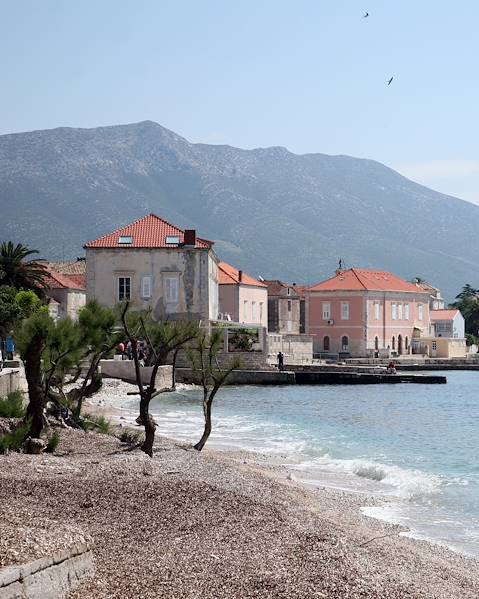From sun-seekers to history buffs, crescent-shaped Croatia attracts a wide array of visitors to its coast and inland areas. The most popular time to visit is the summer, as the country’s beaches, islands and national parks are treated to gorgeously warm weather. However, Croatia offers exciting experiences year-round, from olive harvesting in October to Christmas markets in December. We’ve compiled a month-by-month guide to help you discover the best time to visit Croatia, whether you’re after Dubrovnik’s ancient streets or the Adriatic’s water sports.
Croatia's plains
Croatia's plains lie mainly in the country's north and northeast, including Slavonia's sweeping agricultural plain. The plains have two distinct and very opposite seasons. Winters are harsh, with heavy snowfall, and temperatures often drop below 0°C for several days. Daily average temperatures hover around 0°C to 2°C in winter. So watch out for ice on the roads. However, the summers are sweltering, with thunderstorms at the end of the day. We recommend May, June and September for a trip inland when temperatures tend to be a little more bearable so you can comfortably explore everything Croatia's plains offer.
Croatia's coastline
Due to its location, Croatia's coastline and Dalmatia region enjoy a Mediterranean climate. Winters are very mild and pleasant, with minimum temperatures of 10°C. It usually rains between October and December, and there can be up to 40 inches of rainfall during the winter. Dubrovnik has an average of 100 rainy days per year and more than 2,600 hours of sunshine yearly. During the summer, the Adriatic coast is also very hot, approaching 30°C, and there's little rainfall. For those who love to swim, the water temperature is around 26°C, usually until October.
The Adriatic coast tends to experience strong north-easterly winds, especially during the winter months. The bora wind is continental, in other words, cold and dry, and considerably cools down temperatures while blowing away clouds. However, the south experiences a warm, heavy and even humid wind, increasing the chance of thunderstorms during the summer. The mistral can also visit Croatia's Adriatic coast in spring and early summer. This wind refreshes the hot summer weather and usually blows all day, with a peak intensity in the early afternoon (greatly appreciated by sailing enthusiasts). The best time to visit Croatia's Adriatic coast is May and September. These summer months are very popular with tourists since the weather is perfect, with temperatures between 25°C and 30°C and little rainfall.
Zagreb
Zagreb, the capital of Croatia, lies in the north of the country and has four distinct seasons. Zagreb has cold, snowy winters, especially between December and March, with temperatures as low as -4°C. Autumn experiences thick fog and is generally wet, especially in November (with an average rainfall of 33 inches). The country's capital enjoys pleasant temperatures in spring, but May experiences a peak in rainfall identical to November. So watch out for heavy downpours while you're out walking. Unlike the dry summers on the Adriatic coast, Zagreb's summers are rainy and hot, with an average temperature of 26°C.
Central Croatia
Central Croatia, dominated by the Dinaric Alps and the south of the country, has an alpine climate. With its mountains and highlands, this part of the country experiences harsh and snowy winters, much more than the north of Croatia. The mercury drops below zero in winter and can reach 20°C in summer. However, the higher the altitude, the cooler the temperatures. This part of Croatia also experiences high humidity levels, around 80% throughout the year. We recommend exploring this region during the summer months to avoid cool temperatures.


